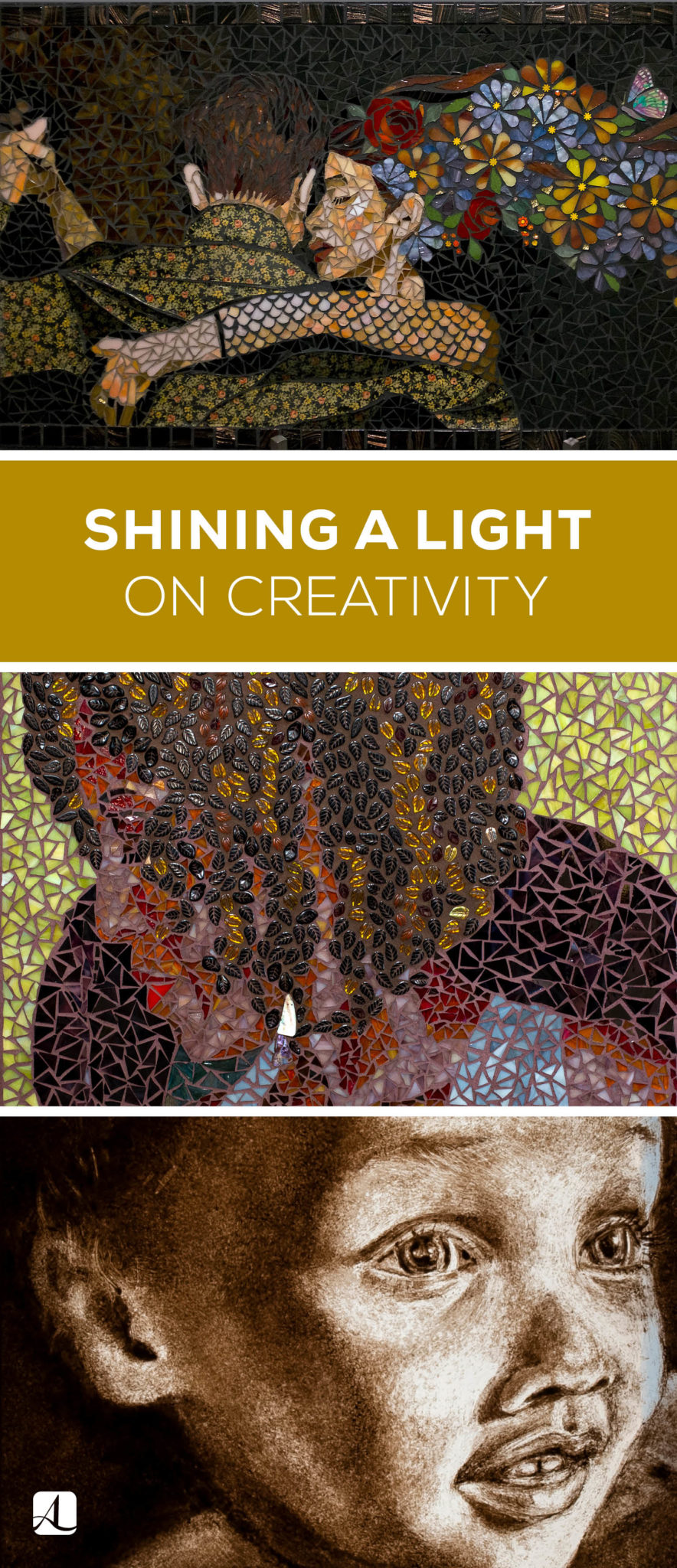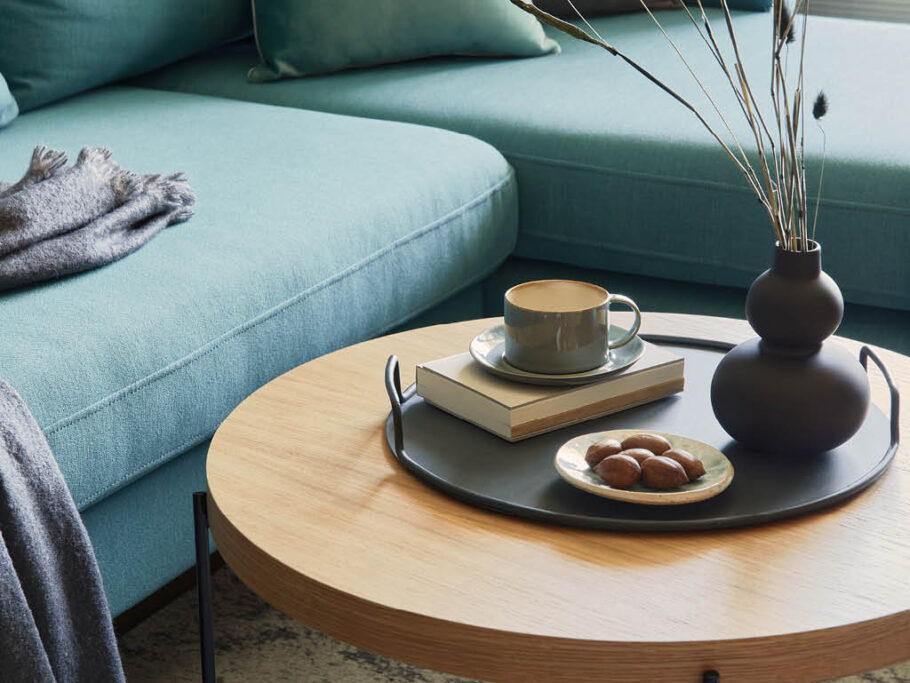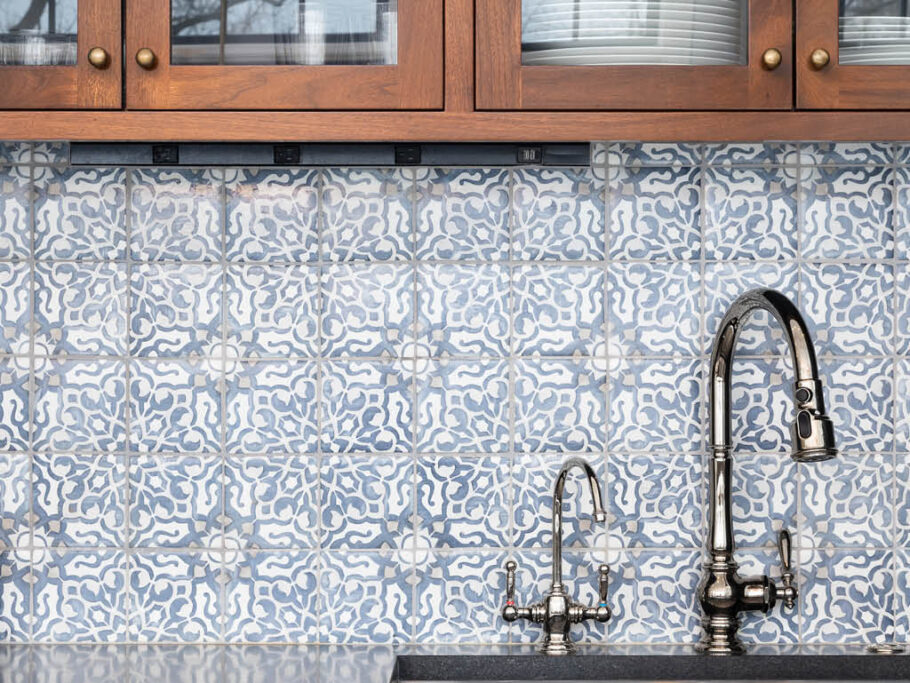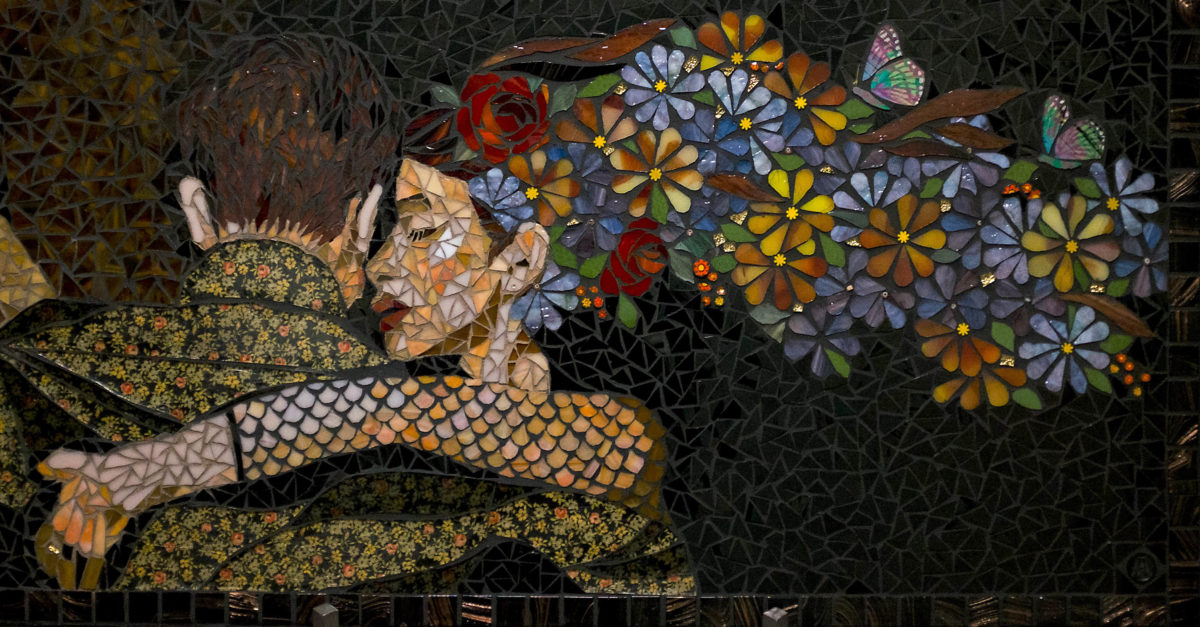Shining a Light on Creativity
Photography by Joshua Alexander, unless noted.
Californian Jean Alexander gave up a successful law career to follow her calling to be a full-time stained-glass artist. After studying under influential glass artists, she forged her own path as a talented multimedium craftsperson.

How did you become interested in glass art? Who were your influences?
Being an artist has always been a part of who I am. I love mosaics and stained-glass paintings because they are ancient, enduring arts that can be adapted to modern techniques and subjects. I was making stained-glass mosaics when a friend sent me a photo of a grisaille (monochrome) glass painting done by Evon Zerbetz for the state library in Juneau, Alaska. I was so intrigued that I sought out one of the world’s best glass painters, Sylvia Laks, and signed up to study with her for a week in Costa Rica. I came home, set up my own studio, and haven’t stopped painting since.
Kathy Jordan has probably had the biggest influence on my painting. She not only taught me the basics of painting human faces but also how to gain the control to advance on my own. I also studied with Narcissus Quagliata and Tim Carey, who created The Resurrection Window in Leawood, Kansas, the largest stained-glass window in the world. They combine glass painting with glass fusing, where cut-glass pieces and handmade pieces are fused together in a kiln set at 1,490 degrees to create a melded image. In pieces like Sankofa, I have experimented with combining their techniques with traditional glass painting to create a style of my own.
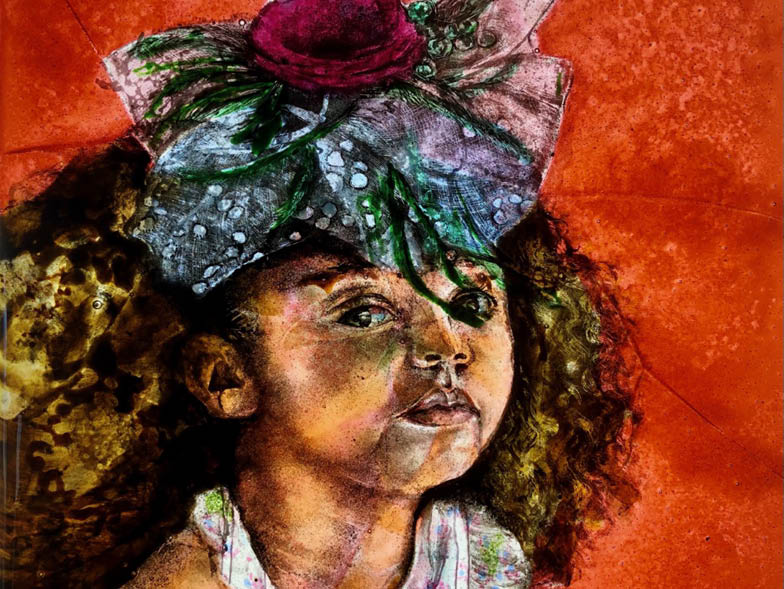
You used to be lawyer. How is that job similar to being an artist?
I created art during my entire career as a lawyer, but now I’m fortunate to be a full-time artist. In both art and law, you use a combination of research, technical skills, and intuition to solve a problem or achieve a certain result. I practiced state and local tax law for many years. Sometimes I had to come up with creative, even artistic, ideas to solve a problem. People tend to think of art as mostly intuitive, but I find that it includes a lot of hard work. However, making art fulfills my need for creative self-expression in a way that lawyering did not.
Where do you get your materials and do your work?
I get my materials from local studios and from all over the world. Thanks to the internet, artists today have access to the finest glass, brushes, and paints online. There are certain glass manufacturers in Germany and France, for example, that are renowned for the beauty and clarity of their glass. Quality products are also made in America; the standard glass paint used worldwide is made in Colorado.
I generally work at home, where I have a small studio and a kiln. I can do almost everything there. I sometimes wake up with an idea, go straight to the studio in my pj’s, and start working. Occasionally, I use local studios to grind, cut, polish, or sandblast the glass using large-scale equipment.
How do you decide which technique and materials you’ll use for a given work?
The design really dictates the materials. Once I have a design in mind, I select the materials and the tools that will allow me to create it. Some glass is made specifically for fusing and is compatible with glass having the same coefficient of expansion (or COE). Therefore, I can create a design with components that will be fused together. Some glass, called flashed glass, has a layer of one color on top of clear glass or another color. I can create designs with that glass by etching or sandblasting the top-colored layer away.
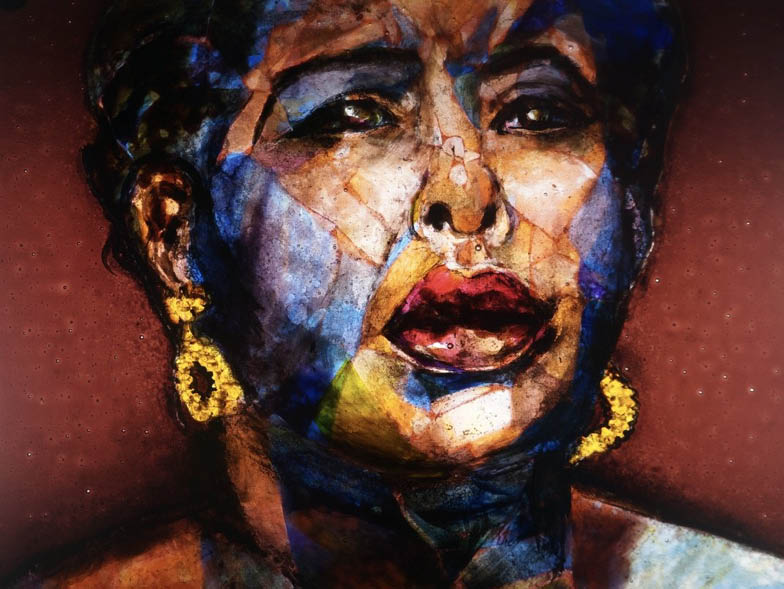
Your work is intricate, so does it take a long time to complete a project? Do you have a tried-and-true process that you use for each method?
Patience and attention to detail are essential skills for a glass painter. I also don’t like deadlines and schedules—I’ve spent too much of my life rushing from one thing to another. I spend whatever time the piece requires.
To make a grisaille painting, I hand-paint the design onto colored glass in four or five thin coats. Depending on the amount of detail in the design, painting each layer can take several hours or several days. It’s then fired onto the glass, which takes about twelve hours on average. The paint becomes a permanent part of the glass once fired, so if I make a mistake, I have to start again from the beginning. Once every piece is cut and painted, the pieces are connected with either lead came [rods] or copper foil, which is soldered together to unite the pieces of the design. This isn’t a process that can be rushed.
Making mosaics is also time-consuming, depending on the size of the glass shards being used, but for me there is a zen quality about it. I try to cut all the glass pieces before I begin, and then I simply let the picture develop as I lay pieces down. I can’t really make a mistake because I can always move the pieces around until I’m satisfied. Then I grout it, and it becomes permanent.
You have done work in homes, including your own. What does stained glass add to a home?
Stained glass adds majesty, warmth, and interest to any space. During medieval times, stained glass was found mainly in churches and public buildings, although some wealthy homes also had stained-glass work. It was designed to awe and inspire people. It also told
biblical stories to churchgoers that were largely illiterate.
Do you believe that every picture tells a story?
Yes, but it might be a story about the artist, the creation of the artwork, or the person viewing the artwork. Art is not a conversation between the artist and the audience. The artist speaks; the viewer listens and is somehow touched or, failing to understand what the artist has said, walks away. Good, interesting art leaves the viewer with an opportunity and a desire to create a story for himself or herself.
How do you choose your subjects?
I look for faces that I can relate to. Female faces tend to have a unique combination of strength and vulnerability. I paint my family a lot, especially my granddaughter, who I call Mini-Muse. My son, Joshua, is a professional photographer. Together they provide me with lots of inspiration.
How do you make your art so lifelike?
In many art forms, light is everything. Kathy Jordan taught me that the key to painting lifelike forms is capturing where the light falls on the face. By finding the brightest highlights and the darkest shadows, you give the flat form three-dimensional depth. Locating exactly where light is reflected in an eye can capture a person’s spirit, and finding where it is absorbed into the valleys of the face can create a unique skin texture. I love bringing life to human faces painted in glass. Portraiture excites me—it’s like magic.
What does this vocation mean to you?
My passion for art has allowed me to connect with some brilliant and creative people. Personally, it’s been a great source of joy and peace. It is my escape. It has strengthened my self-confidence and given me a feeling of freedom.
For more info, visit jeanalexanderglass.com
